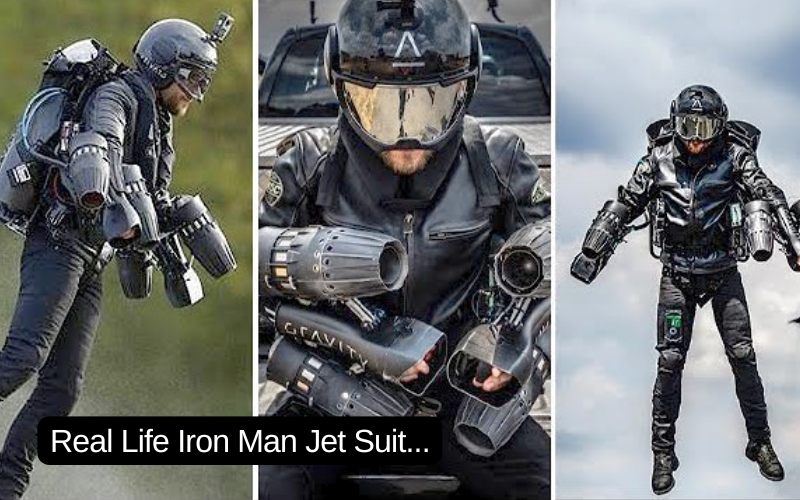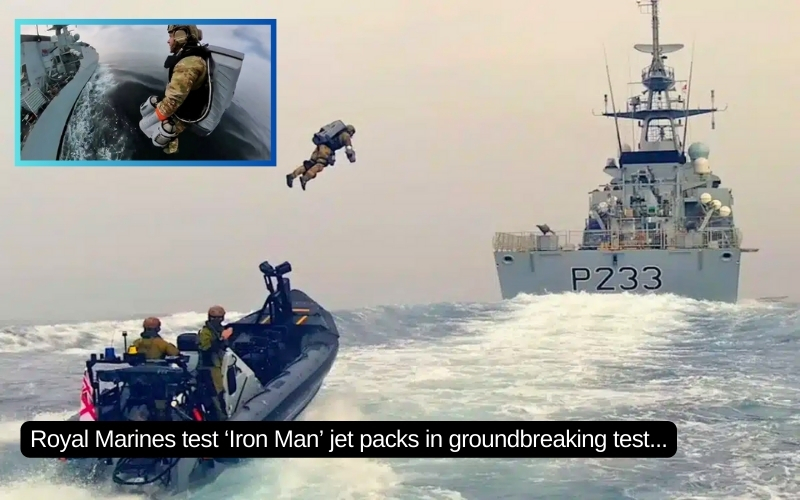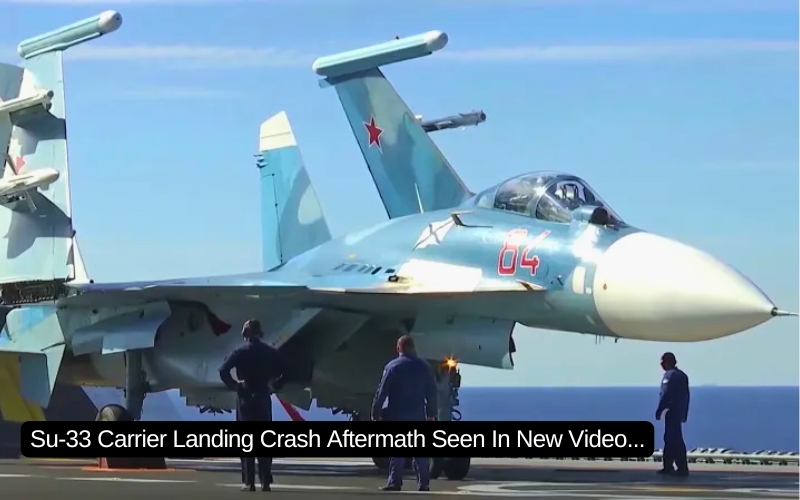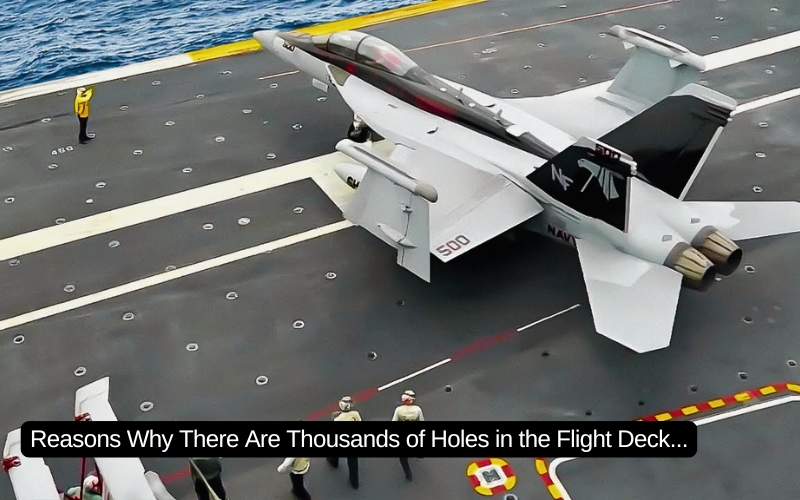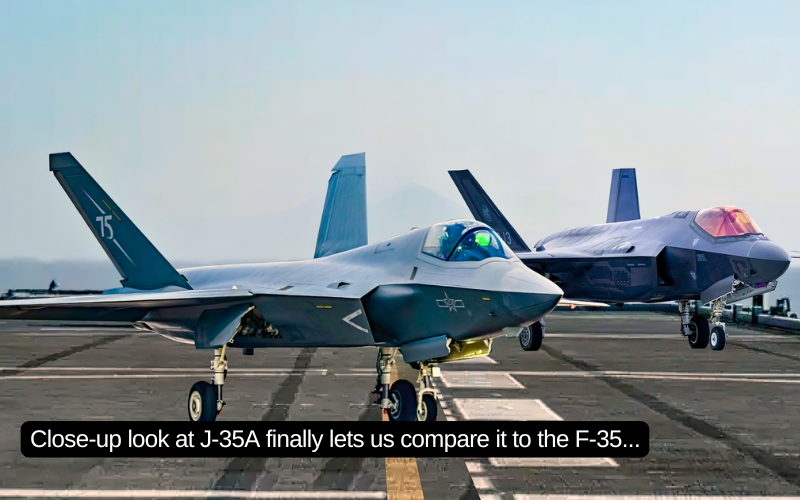The Ukrainian counter-offensive, which started on June 4 with probing attacks, faltered rather quickly due to the outstanding planning and performance of Russian forces.
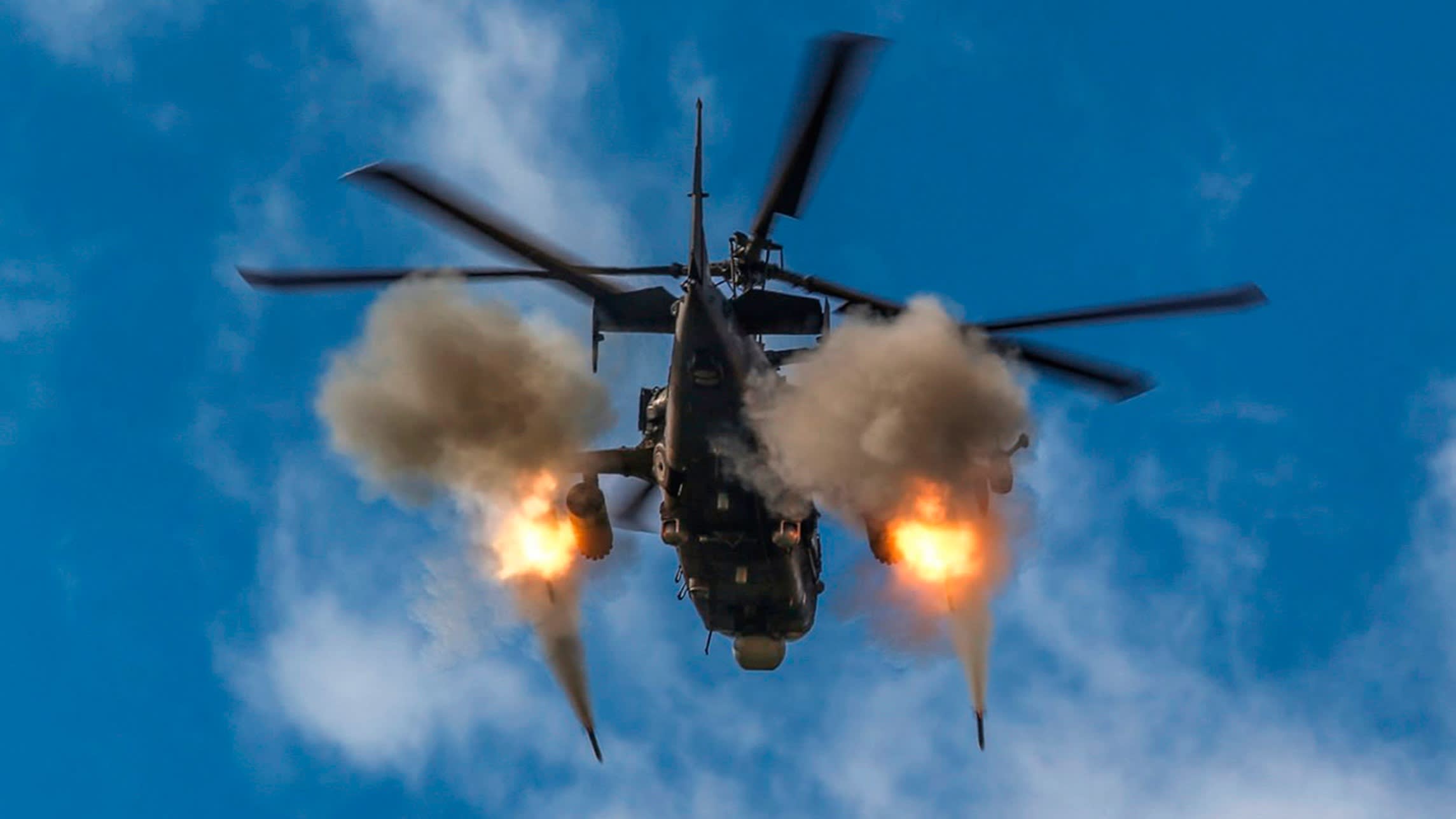
Ukrainian columns were confronted with unanticipated and unpleasant surprises that included well-laid-out minefields, Russian remote mining equipment, and the use of the Kamov Ka-52 Alligator attack helicopter.
In this analysis, we will focus on the role of the Ka-52M, the latest variant of the Alligator.
As observed in numerous videos posted on social media daily, the Alligators have been skillfully destroying advancing Ukrainian armor day and night in all weather.
They operate safely from outside the MANPAD range of advancing Ukrainian columns; they are protected from attacks by Ukrainian fighters by Russian Aerospace Forces (RuAF) Su-35S and Su-30MS fighters, armed with long-range RVV-BD missiles, flying over the battlefront 24×7.
The burnt wreckages of Ukrainian armored vehicles that litter the battlefield have forced Ukrainian officials, who are usually in denial, to voice concerns about the lethality of the Ka-52.
Ukrainian officials have even chided Western nations for not adequately arming Ukrainian forces. Ukraine’s pitch to NATO and the EU for the supply of F-16 fighters has become even more strident.
Some Ukrainian officials have even confirmed that Ukrainian pilots have started F-16 training in an unnamed EU nation. Ukrainian officials feel that with the F-16 in UAF inventory, the Ka-52 could not maul Ukrainian forces with the impunity it now displays.
Features Of Ka-52 Which Make It Very Effective
There are some good reasons why the Ka-52 has proven a game changer, though it has not been hyped.
The outstanding features of the latest variant of the Ka-52, the Ka-52M, are:
Network-centric capabilities. It is integrated with a new battlefield command and control system that facilitates data sharing with unmanned aerial vehicles and other helicopters and aircraft.
High bandwidth communication suite.
AESA radar can detect an airplane-sized target from a distance of 15 km. Ground targets of the “tank” type are detected from 12 km. Support for 20 ground and air targets is provided.
Upgraded longer-range optoelectronic target detection and identification system – GOES-451M. The detection capability of the optical system is at par with the capability of the radar.
The Ka-52 can carry several short, medium, and long-range air-to-surface missiles to engage adversary armor or ground targets, including hardened targets.
The combination of network-centric capability and high bandwidth communication allows the Ka-52 to be at the place where it is most needed. It also provides instant feedback on the outcome of the attack to battlefield managers. Not least, It is why you see so many Ka-52 engagement videos on the internet!
Ka-52 Missiles
Coming to the more lethal combination of long-range sensors and long-range precision missiles. The Ka-52 carries missiles honed for attacking armor, ground targets, or both.
Missiles honed for engaging armor include
Vikhr 9K121: 10-12 km range laser-guided ATGM with up to 900mm armor penetration
Ataka 9M120: 6 km range radio-guided ATGM with up to 800mm armor penetration
Shturm 9K113: – 5 km range radio-guided ATGM with 650mm armor penetration
Izdeliye 305 – 14.5 km range optical/IIR guided multipurpose missile with a speed of up to 230m/s.
Missiles honed for engaging ground targets include
Kh-25M – 10 km range laser-guided missile that can destroy bunkers, bridges, radar stations, and vehicles.
Kh-29 – 12 km range laser-guided missile that can destroy hardened targets, such as concrete shelters, runways, and ships.
The two Ka-52 missiles that have proven highly effective because of their stand-off range and accuracy are the Vikhr and Izdeliye 305 missiles.
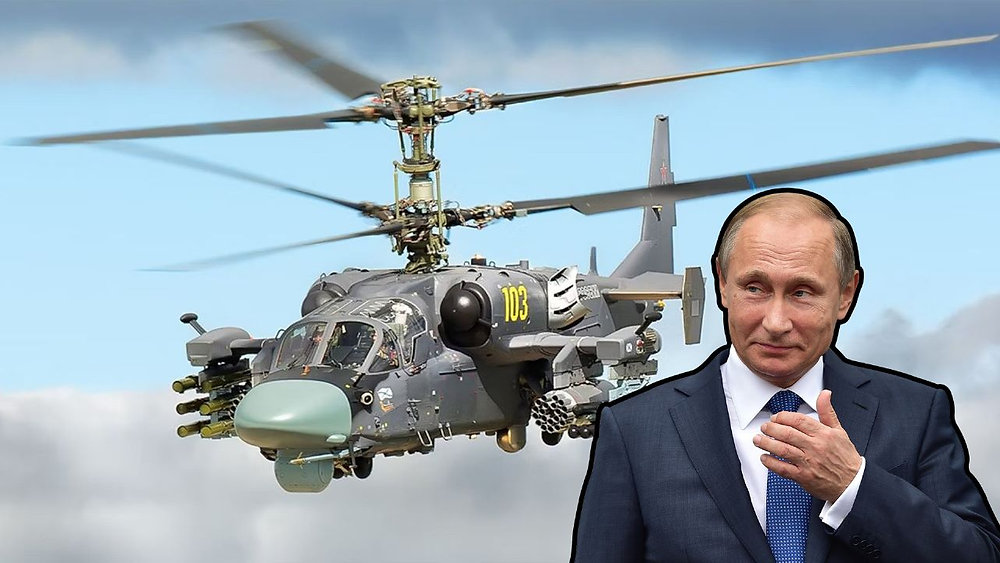
Vikhr Missile
The missile reportedly features a tandem HEAT warhead weighing 12 kg. Some reports claim that armor penetration is at least 1200mm of homogeneous armor. In the case of ERA, Vikhr can penetrate up to 750mm thick homogeneous armor behind the reactive armor.
It’s reported that the maximum missile speed is 610 m/sec per second.
Izdeliye 305
The multipurpose missile with a 25 kg warhead is effective against armor, engineering structures, and hardened ground targets because of its high speed.
This missile can be fired in two modes – Lock on before launch (LOBL) and Lock on after launch (LOAL).
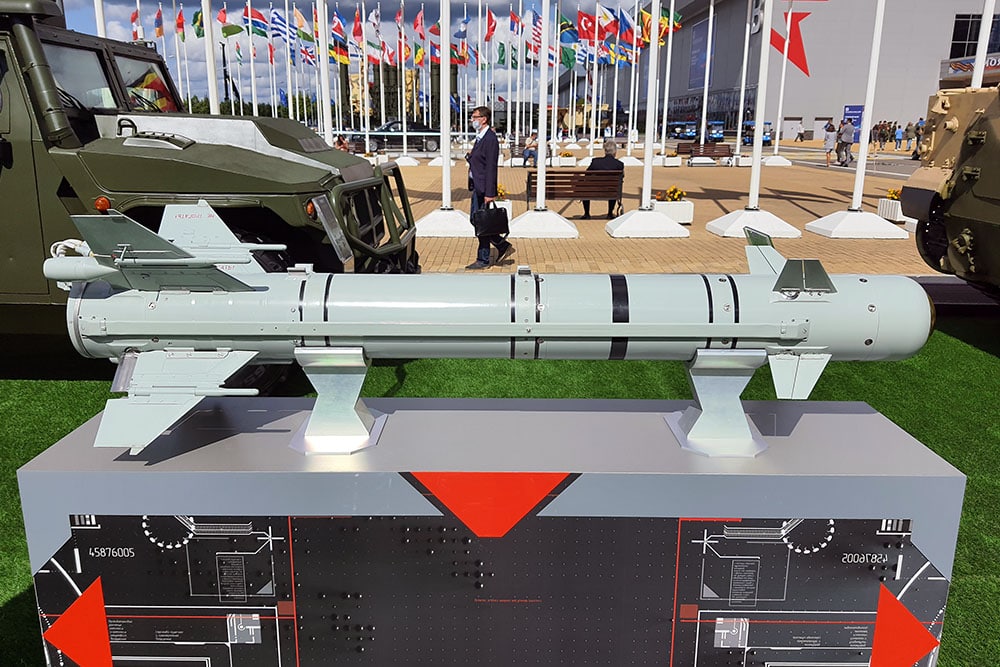
In the LOBL, or line of sight mode, the pilot designates the missile’s target on display before launching the missile. The missile then autonomously home onto the target allowing the pilot to turn away immediately after launch.
In the LOAL or beyond visual range (BVR) mode, the pilot launches the missile at the target’s known coordinates without visual contact with the target.
The missile navigates to the target coordinates using inertial navigation with SATNAV updates, continuously streaming live video of its ground track. The pilot visually acquires the target and locks the missile onto it. The missile strikes the target without further input from the pilot. The missile attack can be aborted at any time. At this point, the missile deviates off course and self-destructs.
Capability Summary
In brief, the Ka-52’s outstanding performance can be attributed to the combination of long-range sensors and long-range attack missiles. Together, they enable a Ka-52 to engage Ukrainian armor without entering the range of MANPADS.
The fact that the Ka-52s operate without fear of being shot down by a Ukrainian fighter adds to the lethality of the helicopter.
Russia’s echeloned IADS – S-300, Buk-M3, Pantsir – prevent Ukrainian fighters from attacking Ka-52 helicopters from medium altitude, and Russian Su-35S and Su-30SM fighters prevent low-flying MiG-29 and Su-27 from approaching the battlefront.
How Will The F-16 Help
The F-16 has capable radar and can carry long-range air-to-air missiles (such as AMRAAM) that can effectively leverage the radar’s long detection and tracking range.
Besides long-range weapons, the F-16 has better range and payload capability than UAF MiG-29s, allowing the F-16S to operate from deep within Ukraine, from air bases in West and Central Ukraine. Western air defense systems protect the airspace over West and Central Ukraine well. As a result, Russia will not be able to strike Ukrainian F-16 bases as effectively as it can strike MiG-29 air bases closer to the battlefront.
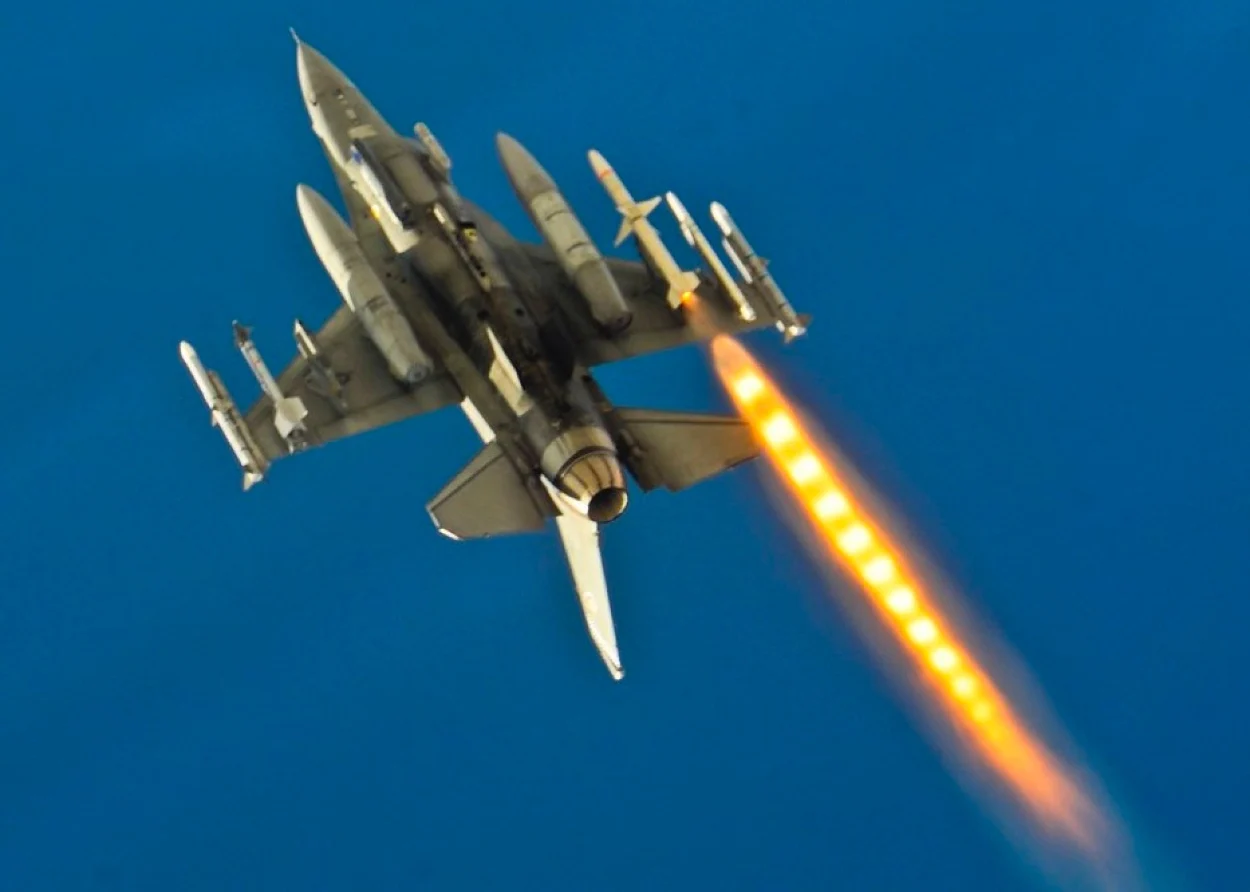
Equipped with long-range AMRAAM missiles, F-16s would threaten Ka-52 operations. Flying a low-hi-lo profile, Ukrainian Air Force (UAF) F-16s would be able to evade detection by Russian long-range AD systems, zoom up, acquire and attack a Ka-52 from medium altitude with AMRAAM, and then return to base at low altitudes. They could challenge Russian fighters flying air dominance patrols using various other tactics.
What Options Would The RuAF Have?
To restrict the challenges posed by UAF F-16s, Russia would need to strike F-16 bases deep in Ukraine’s interiors with long-range missiles.
Attacking F-16s parked on the ground at their home base is not viable since the aircraft are widely dispersed and often parked in hardened shelters. Cratering the runway with bombs or missiles is wasteful since such damage is quickly patched using rapid hardening concrete.
Russia will likely use a tactic that it has honed to limit the damage from Storm Shadow attacks by Ukrainian Su-24MR fighter bombers – destroy the facilities used to store the dangerous ammunition carried by aircraft.
Russia’s Repeated Attacks On Ammunition Storage Facilities
Russia has periodically struck Ukrainian air bases to destroy Western-supplied air-to-ground ammunition such as Storm Shadow cruise missiles and HARM anti-radar missiles.
Most recently, on the night of June 26, the Armed Forces of the Russian Federation launched a long-range maritime and airborne high-precision strike at foreign-made ammunition sent to Ukraine by Western countries.
“The goal of the strike has been achieved. All the assigned targets have been engaged,” said RuMoD.
On the night of June 23, Russia launched a long-range precision-guided group attack on radio engineering reconnaissance centers and aviation equipment of the AFU close to Kanatovo airfield (Kirovograd region) and Dnepr airfield.
The Kanatove reserve air base is used for Su-24MR operations, and the Dnepr airfield, a forward airbase of the 40th Tactical Aviation Brigade based at Vasylkiv, Kyiv Oblast, supports MiG-29 operations. Storm Shadow and HARM missile storage facilities were likely targeted.
Following the June 23 attack, RuMoD released a statement saying, “On June 23, a storage of Storm Shadow cruise missiles has been destroyed at a Ukrainian airbase close to Starokonstantinov (Khmelnytskyi region), in response to a strike on a road bridge across the Chongar Strait.”
Interestingly, no Storm Shadow launches have been reported since June 23.
On May 29, 2023, Russia struck the Viysk Airfield near the Khmelnytskyi, the home base of the 7th Tactical Aviation Brigade flying Sukhoi Su-24 MR, the launch platform for Storm Shadows. Following the strike, Ukrainian officials acknowledged that five aircraft and fuel & ammunition depots were put out of action.
Ukraine’s Storm Shadow launches had remained subdued for several days following the strike.
Russia Likely Conserving Kinzhal And Iskander-M Hypersonic Missiles
Russia has lately been limiting the use of its Kinzhal and Iskander missiles. These missiles can destroy hardened underground targets. Russia uses them to take out ammunition dumps where the Ukrainian Air Force stores Western missiles and bombs.
F-16 operations need specialized dust-proof, climate-regulated maintenance bays with expensive electronic equipment for fault diagnosis and rectification. The availability of such equipment is likely to be limited. Once destroyed, it would take some time to replace such equipment. The RuAF will likely target F-16 maintenance bays besides targeting F-16 missile underground storage facilities.
With the introduction of F-16s, Russia would also likely change the tactics associated with the Ka-52 operation. More nap-o-earth (NOE) flying by Ka-52 helicopters, perhaps?
Conclusion
As things stand, RuAF air dominance over the battlefront and the demonstrated lethality of the Ka-52 helicopter will continue to pose severe challenges to the success of any Ukrainian counter-offensive.
Following initial setbacks, Ukraine put the offensive on an operational pause. Now, there are some indications that the offensive has resumed. However, a full-force resumption of the offensive makes little sense until Ukraine can address its current weakness in air warfare. Introducing the F-16 will give Ukraine more room for maneuvering, but it’s unlikely to change the course of the battle.

